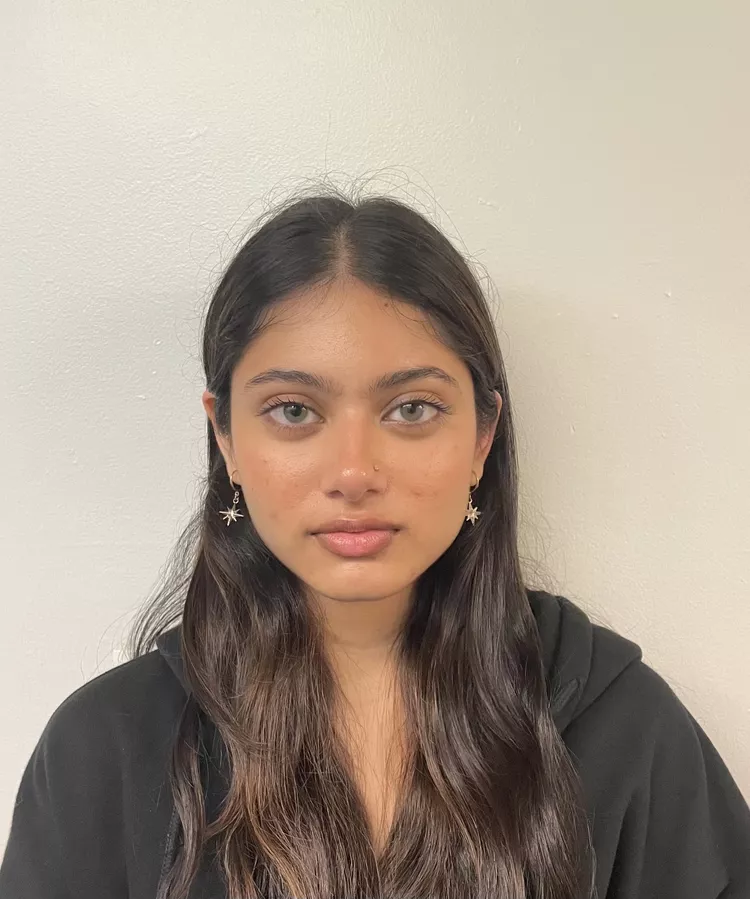
Arrhythmias Associated with Accessory Pathways: Exploring Mechanisms, Symptoms, Diagnosis, and Treatment
Introduction:
Accessory pathways (APs) are anomalous myocardial connections between the atria and ventricles, bypassing the normal atrioventricular (AV) node. These pathways can give rise to various arrhythmias, significantly impacting patient health. This article provides a detailed examination of the arrhythmias associated with accessory pathways, elucidating their mechanisms, clinical manifestations, diagnostic strategies, and treatment options.
Wolff-Parkinson-White (WPW) Syndrome:
- Mechanism: WPW syndrome is characterized by preexcitation of the ventricles via an accessory pathway, resulting in a shortened PR interval, widened QRS complex, and delta wave on the electrocardiogram (ECG).
- Arrhythmias: WPW syndrome predisposes individuals to atrioventricular reentrant tachycardia (AVRT), atrial fibrillation with rapid ventricular response (AF-RVR), and rarely, ventricular fibrillation.
- Symptoms: Palpitations, dizziness, syncope, chest pain, and in severe cases, sudden cardiac arrest.
- Diagnosis: ECG findings of a short PR interval, widened QRS complex with delta wave, and characteristic arrhythmias during Holter monitoring or exercise stress testing.
- Treatment: Catheter ablation of the accessory pathway is the treatment of choice for WPW syndrome, offering a curative approach to eliminate arrhythmia substrate.
Atrioventricular Reentrant Tachycardia (AVRT):
- Mechanism: AVRT involves reentry circuitry utilizing both the normal AV node and an accessory pathway, leading to supraventricular tachycardia (SVT).
- Arrhythmias: AVRT typically manifests as paroxysmal SVT with a narrow QRS complex and a regular rhythm. It may present with palpitations, dizziness, and syncope.
- Diagnosis: ECG during tachycardia demonstrates a regular narrow QRS complex with a rapid ventricular rate. Electrophysiological studies (EPS) aid in identifying the accessory pathway and guiding ablation.
- Treatment: Catheter ablation targeting the accessory pathway is highly effective in curing AVRT and preventing recurrence.
Atrial Fibrillation with Preexcitation (AF-WPW):
- Mechanism: AF-WPW occurs when atrial fibrillation coexists with preexcitation via an accessory pathway, resulting in rapid ventricular rates and a risk of ventricular fibrillation.
- Arrhythmias: AF-WPW may lead to rapid ventricular response, potentially degenerating into ventricular fibrillation in severe cases.
- Symptoms: Palpitations, shortness of breath, chest discomfort, and hemodynamic instability.
- Diagnosis: ECG findings of irregularly irregular rhythm, absence of distinct P waves, and wide QRS complexes with varying rates.
- Treatment: Acute management involves cardioversion for hemodynamically unstable patients. Long-term treatment options include catheter ablation or pharmacological therapy to prevent arrhythmia recurrence.
Nodoventricular Pathways (Mahaim Fibers) Associated Arrhythmias:
- Mechanism: Mahaim fibers are APs that connect the atrioventricular node with the ventricular myocardium, leading to ventricular preexcitation.
- Arrhythmias: Mahaim fibers may cause antidromic reciprocating tachycardia, presenting with wide QRS complex tachycardia with a left bundle branch block (LBBB) morphology.
- Diagnosis: ECG findings during tachycardia demonstrate a regular wide QRS complex with a unique pattern, often resembling a ventricular tachycardia.
- Treatment: Catheter ablation targeting Mahaim fibers is effective in eliminating arrhythmia substrate and preventing tachycardia recurrence.
Conclusion:
Accessory pathways contribute to a spectrum of arrhythmias, including WPW syndrome, AVRT, AF-WPW, and Mahaim fibers-associated tachycardias. Understanding the mechanisms, clinical presentations, diagnostic approaches, and treatment modalities for these arrhythmias is essential for providing optimal care to affected individuals.
Hashtags: #AccessoryPathways #Arrhythmias #WPWSyndrome #AVRT #AtrialFibrillation #MahaimFibers
Related Articles
Test Your Knowledge
Asked by users
Related Centers
Related Specialties
Related Physicians
Related Procedures
Related Resources
Join DoveHubs
and connect with fellow professionals




0 Comments
Please log in to post a comment.